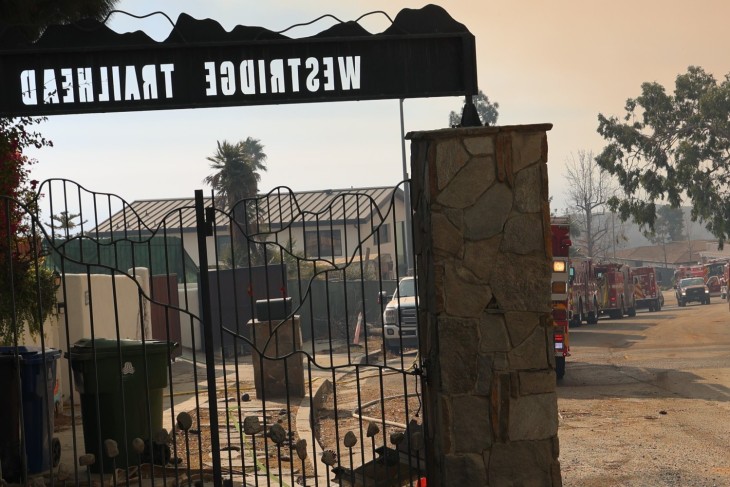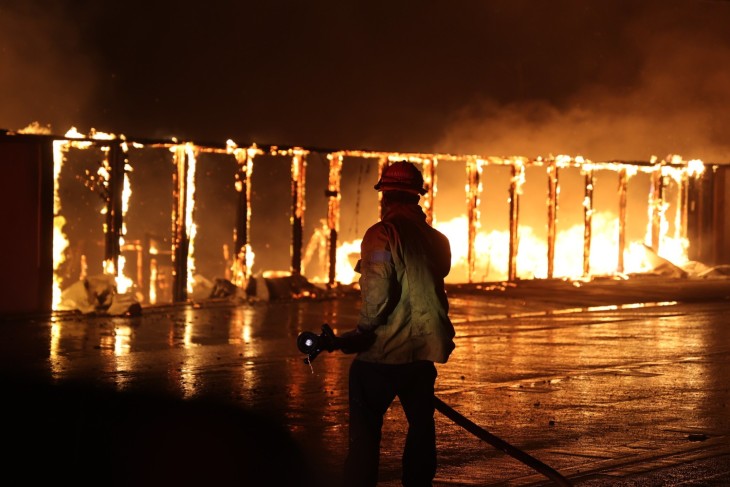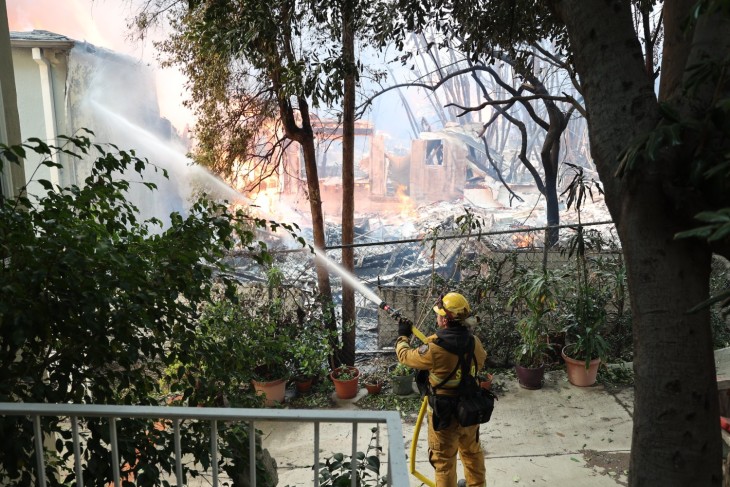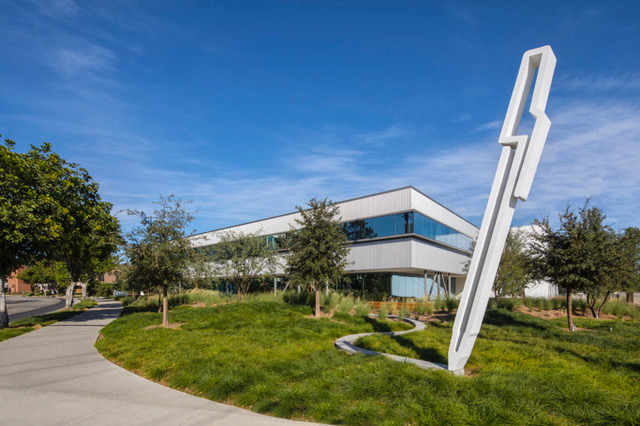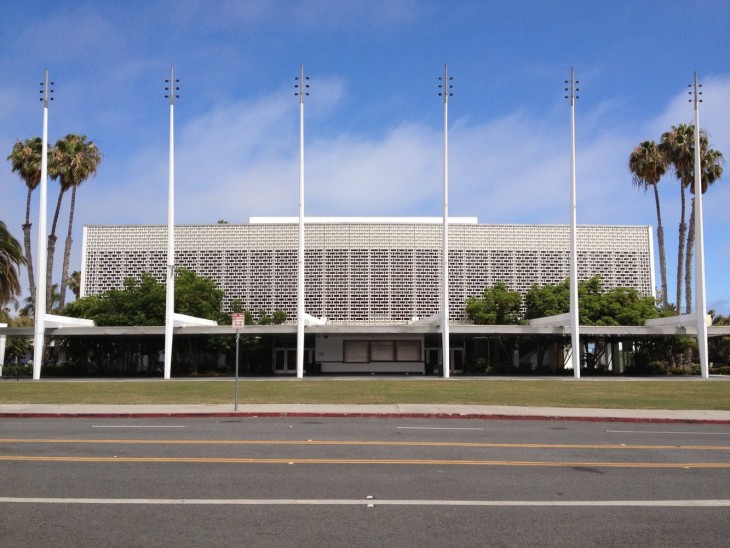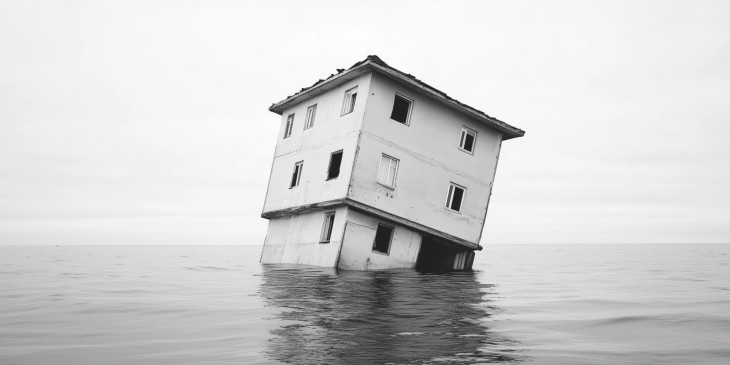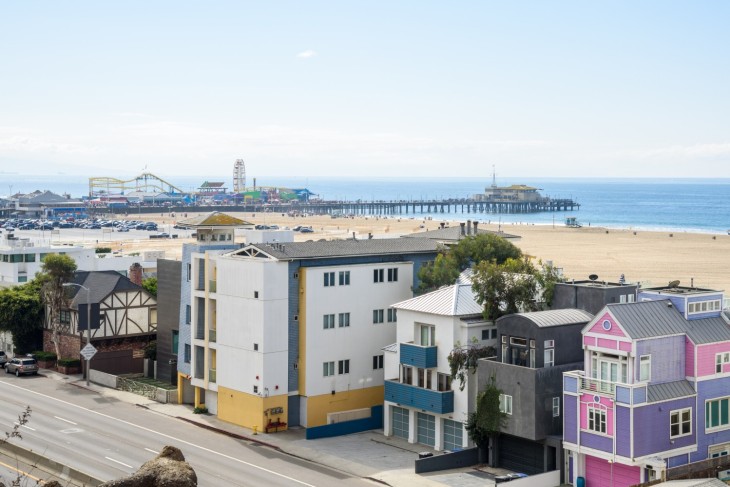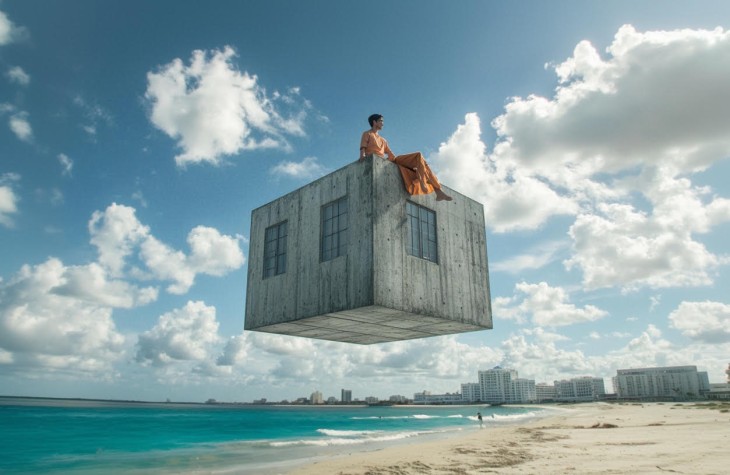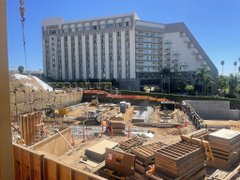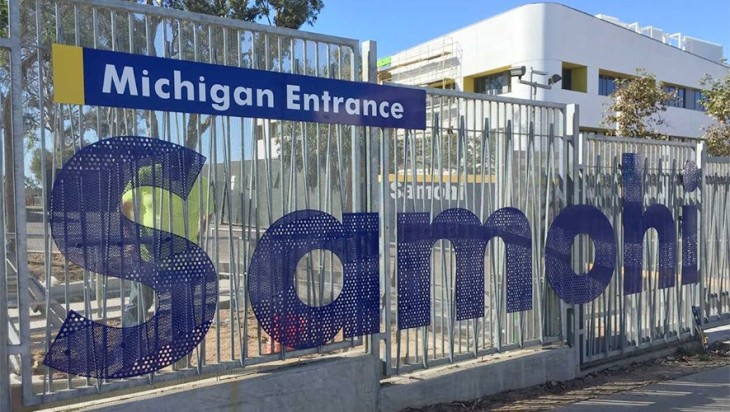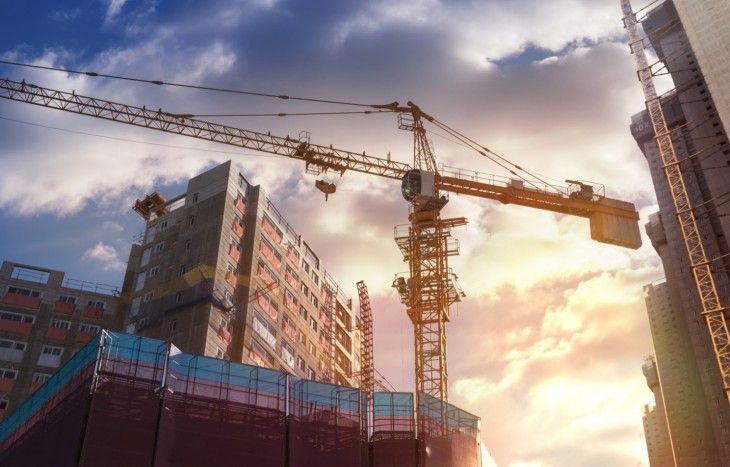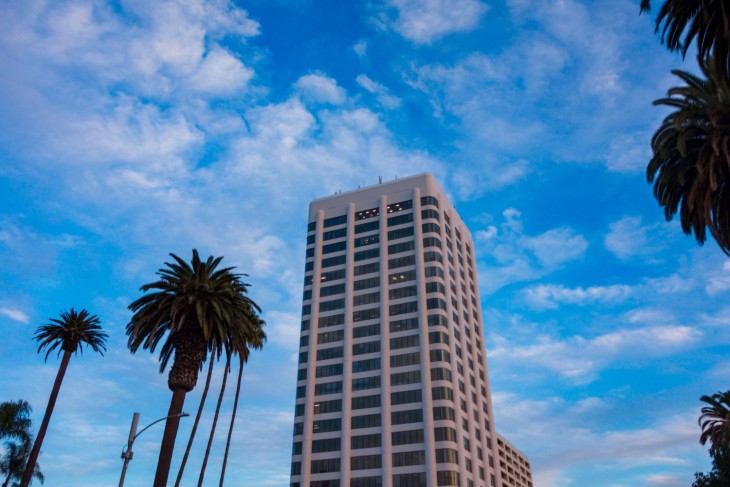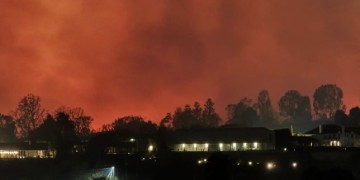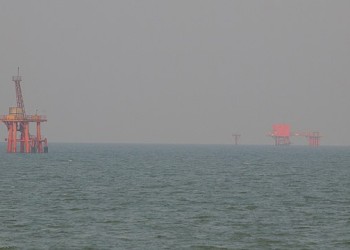Back in October 2010, just a few days before his successor was to be anointed in a statewide election, then-Gov. Arnold Schwarzenegger and then-Interior Secretary Ken Salazar trekked deep into the Mojave Desert to speechify at the groundbreaking for what will soon be America’s largest solar power plant.
This is the Ivanpah Solar Generating Electric System, a 4,000-acre project not far off the Interstate 15 freeway between Las Vegas and the Los Angeles area. Due to open later this year or sometime in 2014, the privately-financed (except for a $1.6 billion federal loan guarantee) Ivanpah will produce 392 megawatts of power for customers of Southern California Edison Co. and Pacific Gas & Electric Co.
A short time after it opens, another massive solar thermal project, the $1.6 billion Mojave Solar Project (with a $1.2 billion federal loan guarantee) should begin producing 250 megawatts of power from its only slightly smaller array of panels, the juice going to PG&E over new power lines.
Together, the two projects will produce about one-third of what the San Onofre Nuclear Generating Station once put out, and what PG&E’s Diablo Canyon nuclear plant generates now. That’s enough power for about half a million homes, a good-sized city.
They won’t be the last of their type, but even before they open, their sort of facility may actually be on its way out, small solar possibly taking over for big solar in the effort to meet California’s goal of getting about a third of its electricity from renewable sources by the end of this decade.
Big solar, of course, involves thousands of acres and billions of dollars, environmental challenges ranging from threats to endangered species to visual pollution from power lines spanning hundreds of miles.
Little solar involves putting solar photovoltaic panels on rooftops and over parking lots. That takes relatively small investments by a lot of people and companies rather than just a few big operators. It’s a completely different model from what large utility companies do now.
The possibility of this sea change in solar is suggested by two big cancellations made early this summer.
First came the news in late June that the proposed Calico Solar Project, due to cover 12.5 square miles north of Interstate 40 near the small town of Ludlow not far from the Mojave National Preserve has been canceled. The developer, K Road Power, a consortium of several companies, had planned a gargantuan solar array that might generate as much as 850 megawatts.
KRoad listed “changed market conditions” as the reason for dumping this project. The change is that photovoltaic solar power has become more economically feasible. Another factor was that the technology planned for Calico has sometimes been problematic when tested.
Then, in July, BrightSource Energy, developer of the Ivanpah plant, cancelled plans for another 4,000-acre project, this one called Rio Mesa, its towers in eastern Riverside County to have been visible from the Colorado River.
One factor in this cancellation was the discovery of bones of extinct saber tooth cats during construction of another solar array about 60 miles off. This one, the 550-megawatt Desert Sunlight project near Joshua Tree National Park, is due online in 2015.
All this doesn’t mean there will be no more big solar plants in California. But it does suggest that when they are built, they may be constructed nearer to existing transmission lines than are the ones due to open soon. That would cut the profits of the big utilities because they would reap fewer guaranteed profits for decades based on the costs of putting up new power lines.
At the same time, a new study from Carnegie Mellon University may begin to turn off the spigot of federal loan guarantees so vital to big solar. This report suggests solar plants in Ohio, Pennsylvania and West Virginia would cut far more pollution from America’s air than big solar in California ever can – even if they don’t produce as much power. That, the study said, is because solar plants there would replace coal-burning facilities which foul the air far more than the natural gas-fired power plants prevalent in California.
Taken together, all this suggests the big solar construction boom may be ending within the next few years, tailing off even before the first large solar arrays open for business. Instead, the emphasis might switch to small solar, which would almost certainly be better for consumer pocketbooks.


